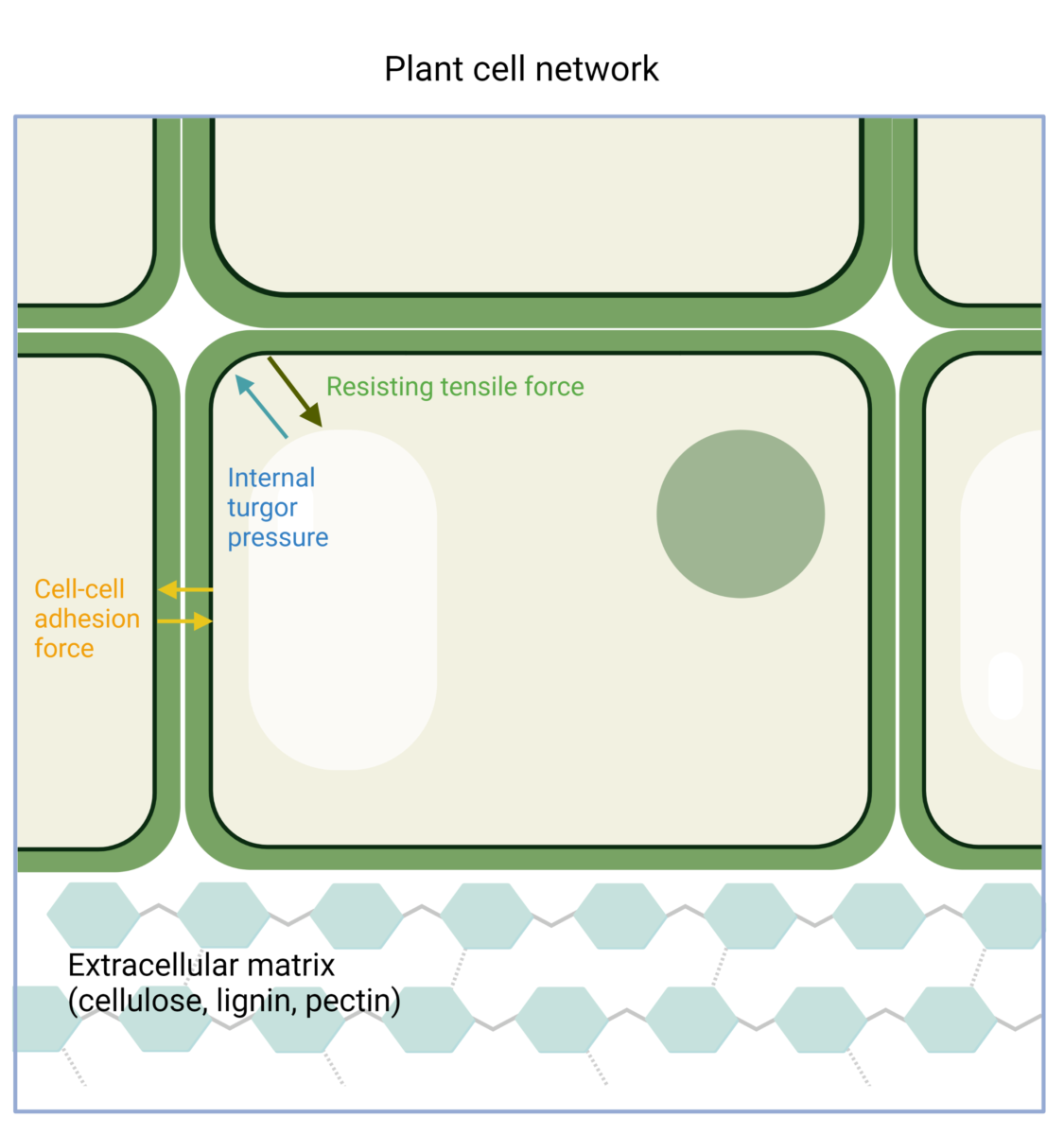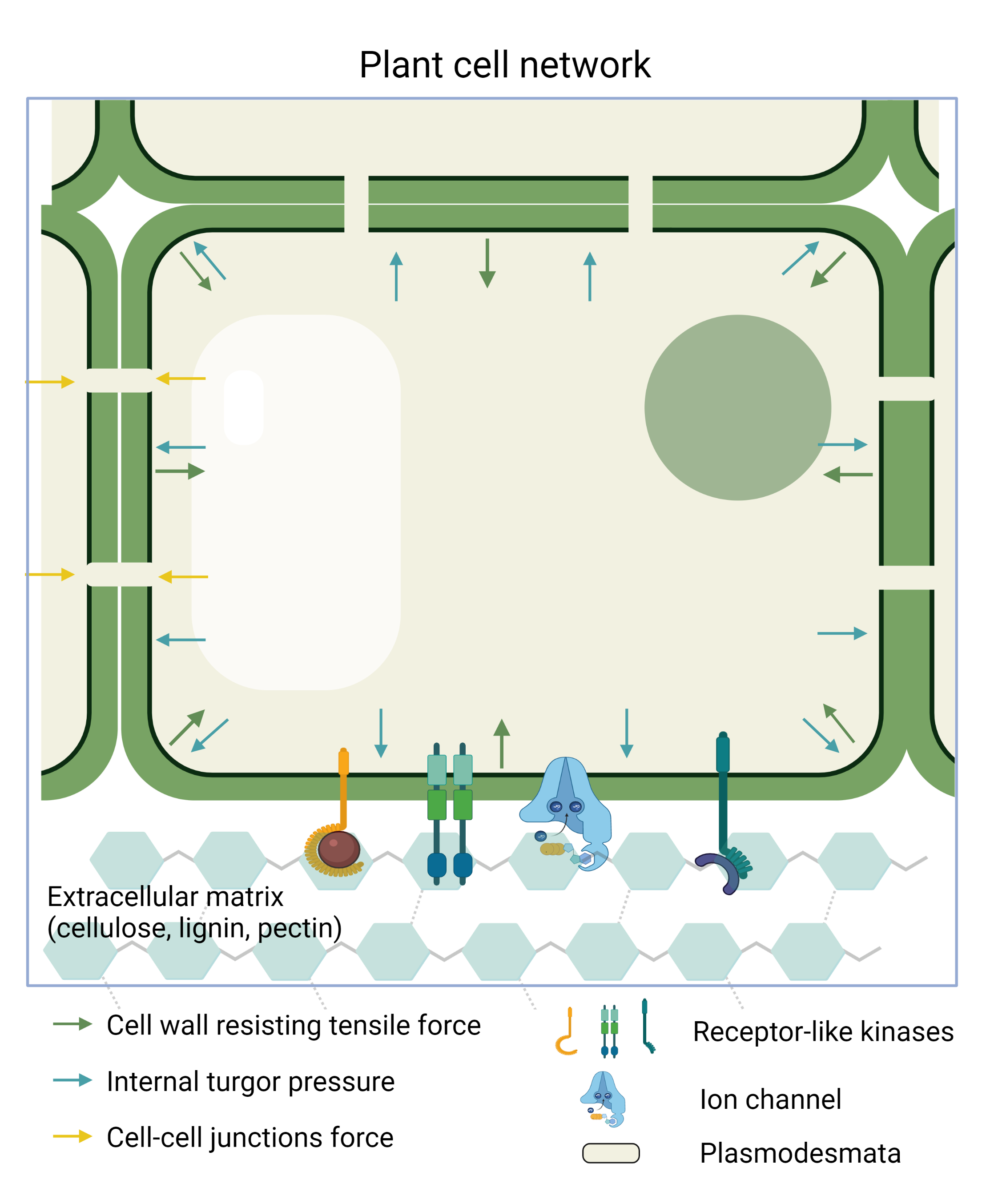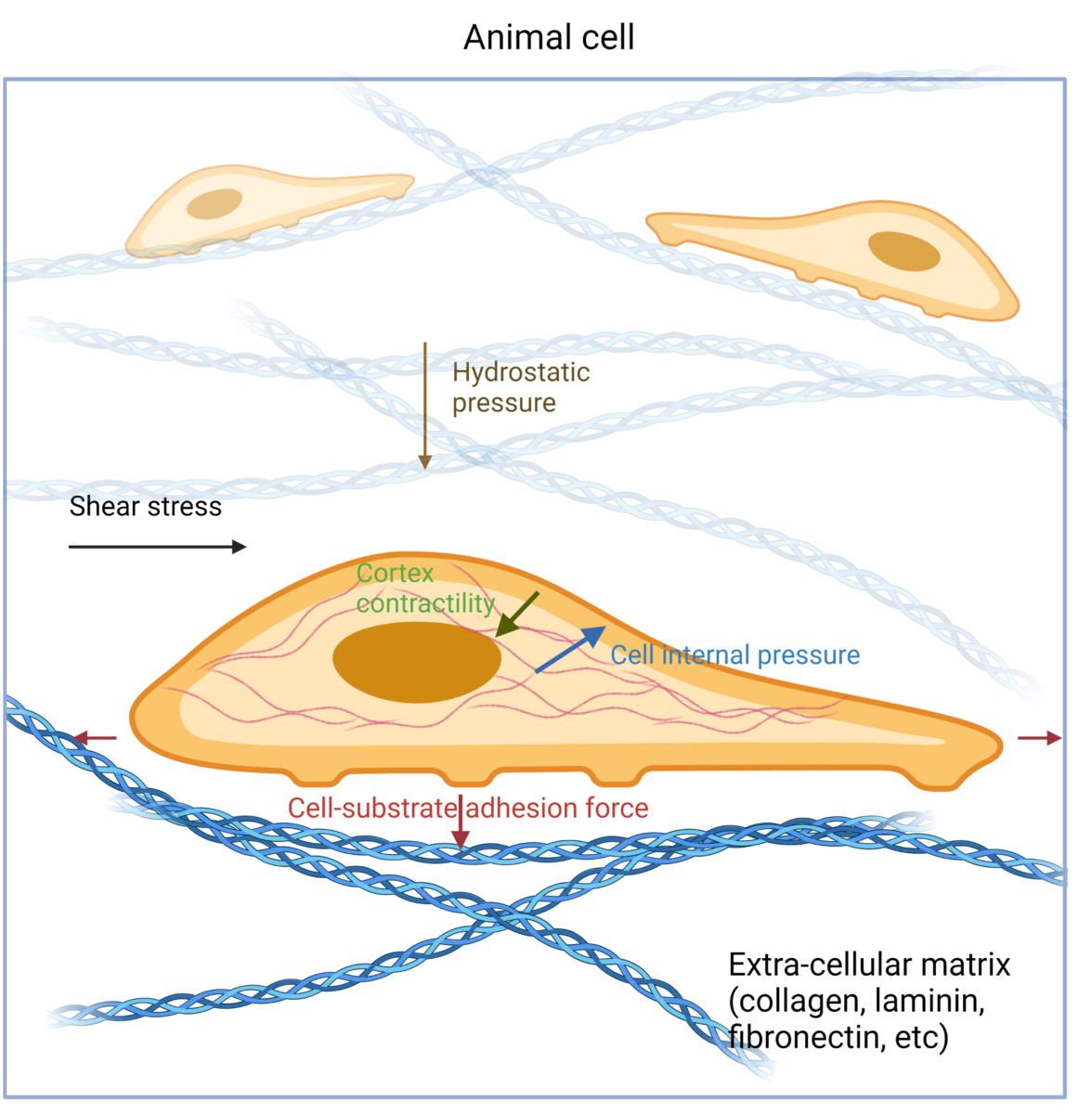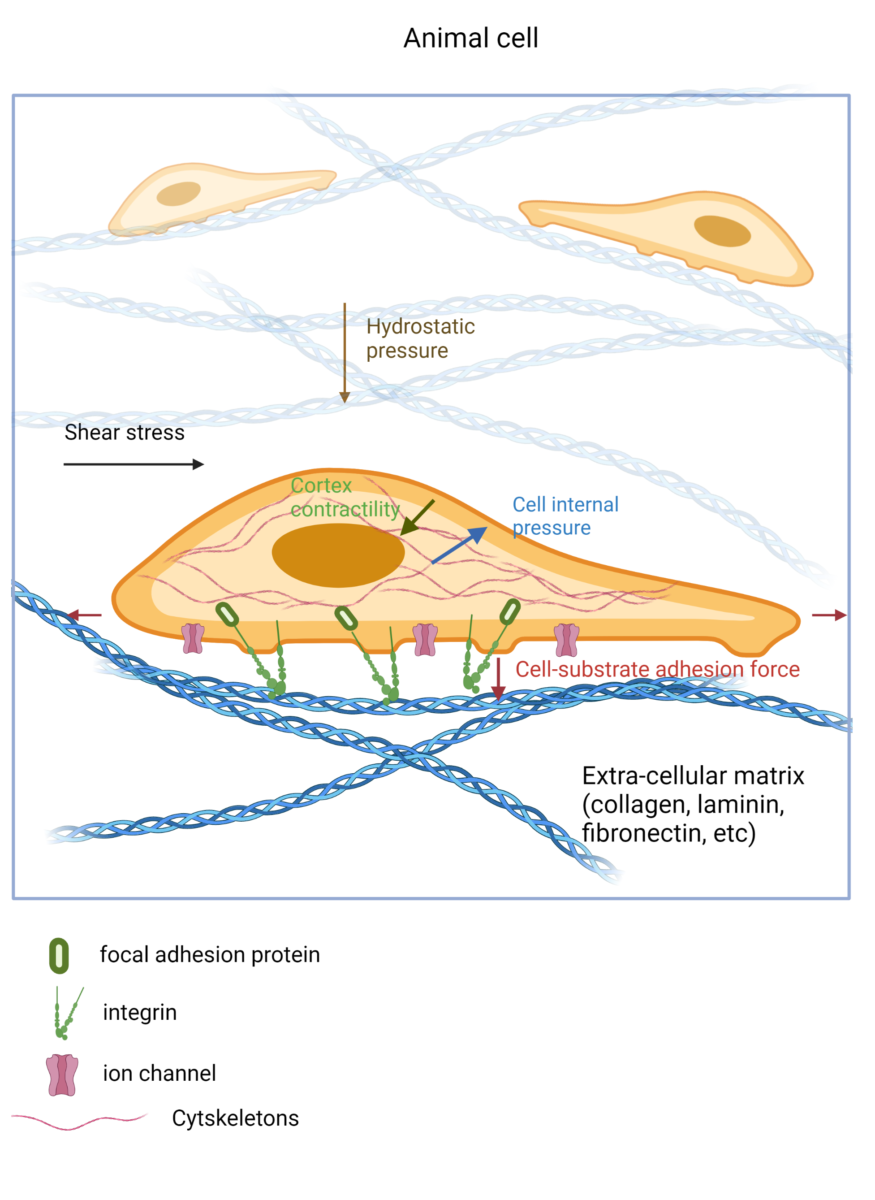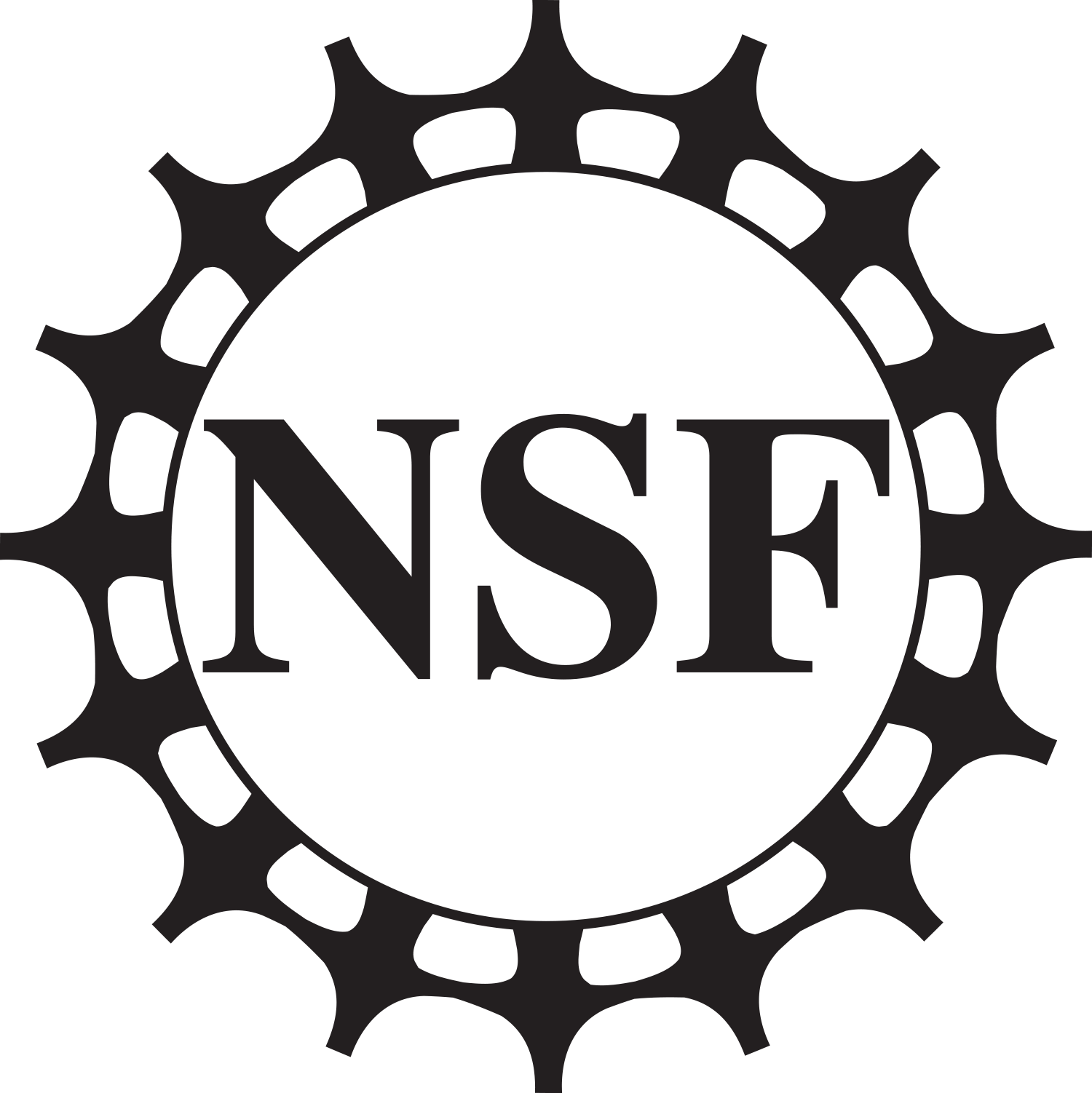So, what is mechanobiology?
Mechanobiology is an emerging multidisciplinary field that encompasses the study of mechanisms by which cells sense and respond to mechanical signals. Mechanical forces can regulate a wide range of biological activities, including morphogenesis, cell migration, polarization, proliferation, and single molecule behavior. Many of these activities are guided by both internal and external mechanical signals.
Why is mechanobiology important?
What mechanisms are at work?
At the cellular level, the biomechanical components between plant and animal cells differ. This is largely due to differences in cellular components and organization, and thus plant and animal cells have different ways of responding to mechanical stimuli.
Plants
In plants, cell shape is maintained by the cell wall, a rigid but highly dynamic structure that can change its composition and organization in response to chemical and mechanical stimuli, either from external or intracellular forces. The cell wall resists internally-generated turgor pressure that can be 3-5 times car tire pressure. Plant cells regulate their shape through a balance of cell wall extensibility and osmoregulation. Three important cellular components that regulate these mechanisms are: the plasma membrane, the cortical cytoskeleton and the cell wall. These play important roles in interdependent physical connections and mechanotransduction pathways.
Animals
In animals, individual cells are motile and less firmly adherent to each other than plant cells; hence they can respond in discreet ways. In addition, animal cells are more easily deformed since they lack a tough cell wall. The structural framework of animal cells is mainly preserved by the cytoskeleton, a protein-based filament network consisting of actin filaments, intermediate filaments, and microtubules. The cytoskeleton has many functions such as: (1) organizing other constituents of the cell, (2) maintaining the cell’s shape, (3) locomotion of the cell, and (4) movement of the organelles within it.
Actin filaments have many essential intracellular functions. They regulate cell shape & polarity, division and motility; pathogen invasion and motility; endo and exocytosis, transcription, intracellular transport of organelles, and muscle contraction. Recent research shows that interactions between actin and microtubules drive cell motility and that intermediate filaments provide strength and support to intracellular structures and organization.
At the tissue level, connections between neighboring cells and between cells and their extracellular environment, the cell wall in plants and the extracellular matrix (ECM) in animals, are important to provide mechanical coupling between neighboring cells and facilitate cellular organization into tissues as a continuous response element. In animals, adhesion proteins such as integrins and cadherins are responsible for connecting the cytoskeleton to the ECM.. These interactions generate traction forces important in cell motility.
By studying mechanobiology at the molecular, cellular and tissue levels, researchers in the Center for Engineering MechanoBiology (CEMB) can better understand the effects of mechanical forces on biological systems and develop new technologies to improve health and agriculture. We foster collaboration among researchers from a wide variety of expertise, including cell biology, developmental biology, bioengineering, materials science, biophysics, and mechanical engineering, to facilitate new discoveries and technologies in mechanobiology.

